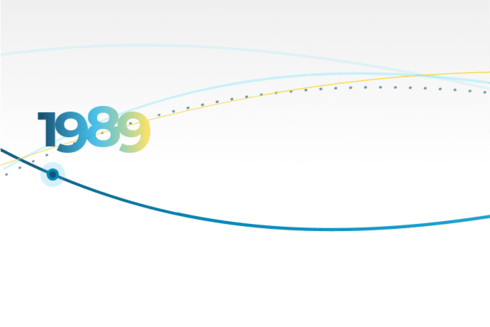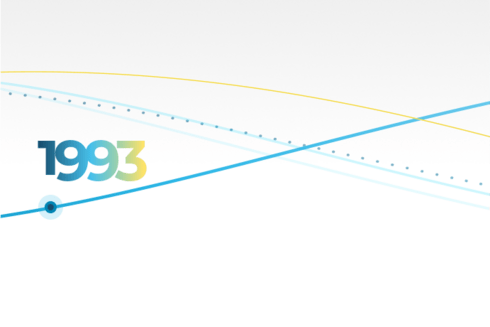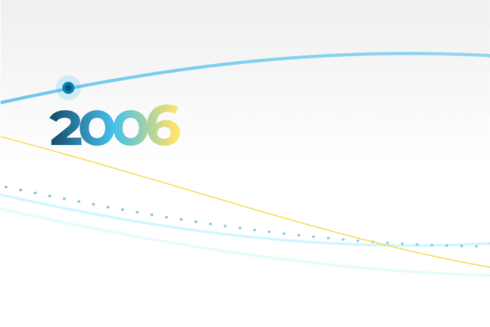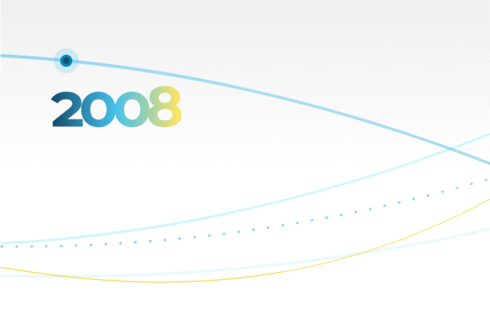The idea of a regional development institution for Latin America first emerged in the 19th century. In 1844, Argentine statesman Juan Bautista Alberdi proposed a Pan-American bank in his thesis at the University of Chile. But it wasn’t until the early 20th century that the idea began to take shape.

At the First International Conference of American States in Washington, D.C., the proposal for a regional bank was discussed alongside the creation of the International Bureau of American Republics (the precursor to the Organization of American States, OAS).

The Seventh International Conference of American States in Montevideo, Uruguay, advanced the idea of creating a Pan-American bank with central banking powers, but the initiative failed to gain traction.
It wasn’t until 1959 that the dream became reality, following the efforts of Brazil’s President Juscelino Kubitschek and the Organization of American States (OAS) to foster greater cooperation to address the region’s pressing development needs. The IDB was formally established to promote development in Latin America and the Caribbean, supporting poverty reduction and social progress.

The IDB is formally created with the signing of the Articles of Agreement by 19 founding member countries. The new institution sets out to accelerate economic and social development of the member countries.
Over the decades, the IDB has evolved, expanded, and adapted to meet the changing needs of the region. With each phase of growth, the Bank has continually increased its capital, strengthened its partnerships, and innovated in its approach to development.

A new entity focused on the financing of small and medium-sized enterprises in the region.

This autonomous fund provides grants, investments, and loans to promote private sector growth in Latin America and the Caribbean.

This realignment allows the IDB to better support its member countries.

This enables stronger alliances with philanthropic organizations, the private sector, and financial institutions.
In more recent years, the IDB has continued its transformative work through innovative approaches, digital initiatives, and substantial capital increases to ensure its long-term sustainability.

The IDB approves its largest-ever capital increase raising $70 billion to support its growing development agenda.

The IDB and IIC Boards of Governors approved the consolidation of their private sector operations into IIC, renaming it IDB Invest, and receiving a $2.03 billion capital increase to strengthen non-sovereign-guaranteed operations.

The Multilateral Investment Fund is renamed as IDB Lab, with a heightened focus on promoting innovation.

The IDB earns the highest possible credit rating from Standard & Poor’s (AAA), reflecting its strong financial standing and effective governance.
In 2020, as the COVID-19 pandemic reshaped the world, the IDB played a critical role in providing financial and technical support to its member countries, helping them navigate the economic, social, and health impacts of the crisis.

To support pandemic response and recovery efforts, addressing critical needs in healthcare, social welfare, and fiscal policy.

To achieve greater scale and impact, including a new Institutional Strategy, a capital increase for IDB Invest and additional resources for IDB Lab.

Throughout the IDB’s history, the Bank has shown its ability to understand the economic and social development priorities of its borrowing member countries and support them with innovation, pragmatism and efficiency. The IDB stands out for its spirit of cooperation in service of and respect for member countries’ sovereignty and cultural values.
This creates a foundation for the IDB to advance an ambitious agenda of reducing poverty and inequality, addressing climate change, and boosting sustainable growth. The current reforms are helping transform the IDB into a larger and more effective institution with greater capacity to improve lives across Latin America and the Caribbean.
Discover our solutions for governments.
Find out how IDB Invest and IDB Lab work with the private sector.
Explore opportunities to partner with us.
Learn how we work with civil society to strengthen the sustainability of development projects.
